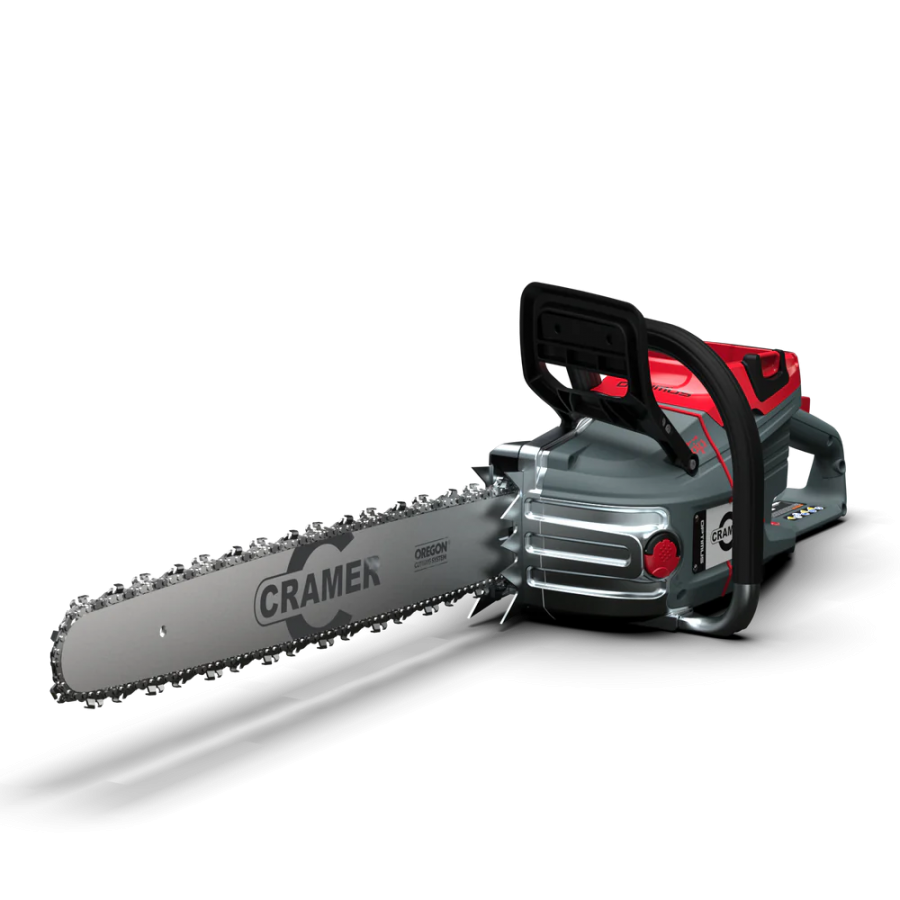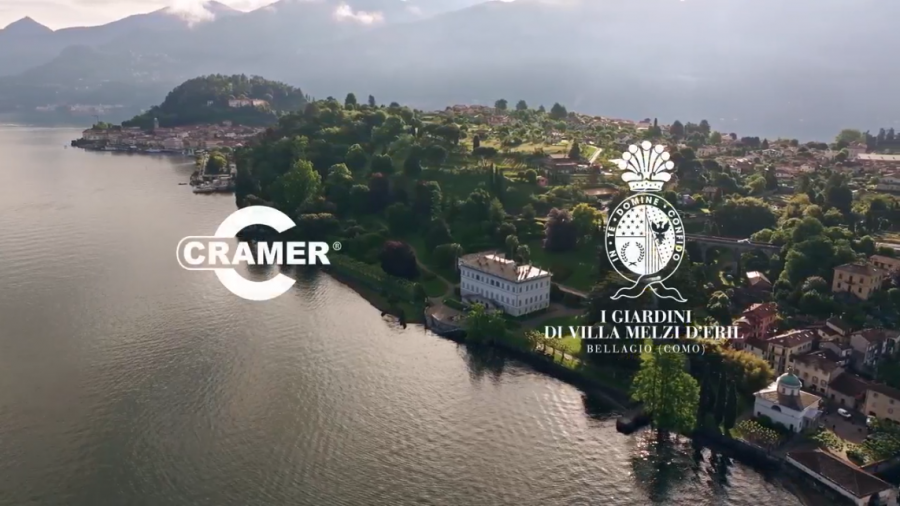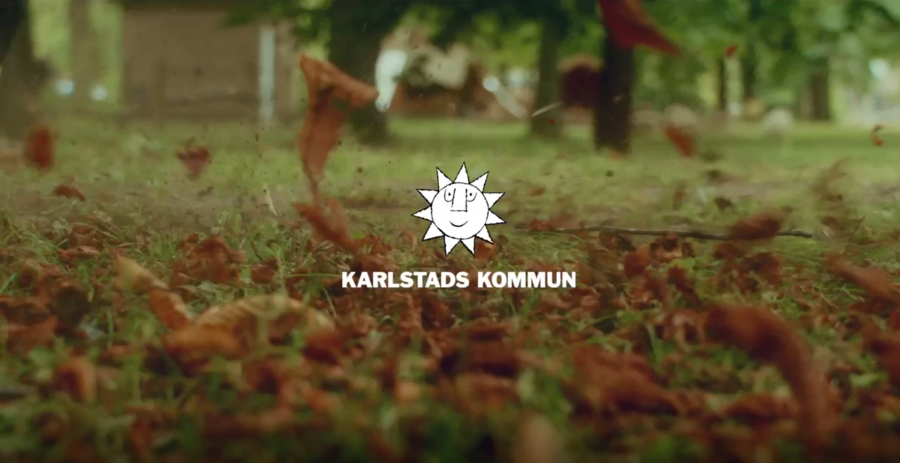Dyffryn Fernant started life as a small dairy farm three miles outside Fishguard in Pembrokeshire. The six acres which now remain surround the original nineteenth century stone farmhouse, a barn and a scatter of outbuildings, one of which has been converted into a holiday cottage.
What is immediately striking is the extent to which the garden is influenced by borrowed landscape. It looks across to the western edge of the Preseli Hills – a heavily glaciated upland massif. The skyline is dominated by Garn Fawr, a 300 metre high eroded rock outcrop identical in geological formation to the tors of Dartmoor. This is visible from all parts of the garden which is 200 metres lower and provides a natural focus.

The slopes of the Preseli escarpment below Garn Fawr , clothed in bracken and scrub willow are effectively uncultivated except for the presence of a few hill sheep and wild ponies. The effect of this situation is to make it very difficult to determine visually where the garden ends. It simply flows seamlessly into the landscape. There is no conventional demarcation provided by hedging or shelter belts.
A second feature is a pronounced slope from west to east from the “magic garden” overlooking the house down to the pond.
Once the near-derelict house had been made habitable, work started in 1996 to deal with the wild growth of bramble and blackthorn which surrounded it. Mud that was scraped from the entrance lane and farmyard was piled up to eventually form a valuable source of top soil. Gravel was laid in areas closer to the house. Work then commenced on the Japanese knotweed in what was to become the kitchen garden. .
The soil is neutral to acid and forms a thin layer over a bedrock of Dolerite (a sort of poor-man’s granite). Indeed the farm had its own quarry which is now heavily planted and forms the entrance to the garden. However it has always been necessary to improve soil fertility. Tons of topsoil have been extracted from rubble rock areas, and farmyard manure supplied by good neighbours. An almost industrial scale range of compost boxes are now used to exploit leaf mould, grass clippings, manure and organic waste, so that we are effectively self-sufficient in compost. The Irish sea lies a mile to the north and the prevailing winds are south-westerly – mercifully, salt spray is not a problem.

The Front Garden was the first part to be built and the only one to be planned and drawn out in detail. Mixed paving of stone, slate, pebbles and cobbles is surrounded by raised beds. A large round copper fountain over which a film of water moves imperceptibly started life as the base of a brandy still. It stands against an exposed rock face from which paths rise to the Magic Garden the highest point, with a view to the sea, a small wildflower meadow and exposed glacial boulders.
From here a bank of Azaleas and Acers runs alongside the drive. Planting in the Front Garden includes many types of Salvia, Tulips, winter flowering Daphne bholua Jacqueline Postill, Hamamelis x intermedia Pallida, and white wisteria climbing high into an ash tree. The front of the house is covered in Clematis Prince Charles, Lonicera periclymenum Belgica the early Dutch honeysuckle with various viticella clematis and several roses.
The Rickyard garden is our nearest approach to formality with four tall Taxus baccata Fastigiata at the corners. At the centre of each quarter is Embothrium cocineum – the Chilean flame tree. The lavender and box hedged beds are filled with tulips and alliums, together with clipped evergreens including Pittosporum, Hebe (ed. Never sure, when not using ‘proper’ plant names, whether to use initial capitals or not –or can substitute buxus etc.) box, yew, holly, hawthorn and myrtle. All the box and myrtle was grown from cuttings. Tulips in pots and in the ground are followed by Aeonium Schwarzkopf (various spellings for that one) underplanted with Pelargonium Red Velvet and blocks of Verbena bonariensis along with Calendula Art Shades. Taking into account the long-flowering Embothrium, this is a garden of high colour all summer cooled and scented with Gladiolus murielae later in the season. A large oil jar forms a centrepiece and two ungalvanised arches form a broken “dome” over it.

The Orchard, originally of very uneven pasture, was dominated by a large ash tree. The first planting consisted of a few fruit trees at one end with copious narcissi underneath. Gradually, more fruit trees were dotted in, but it remained an amorphous area with little design. Eventually, it was decided to pollard the ash as is frequently done in France and eastern Europe. This enabled planting to commence. Two long beds were made with a path which relates at the northern end with a Metasequoia Glypytostroboides and at the southern end with a stainless steel obelisk in the bog garden. Fruit trees retained in the new beds are two apples, a “Warwickshire Drooper” plum and a mulberry.
The soil here has a high water table and the longer eastern boundary feeds into an ancient marsh pasture “Waun Fach “ with the planting becoming wilder to blur the boundaries. I try in every area of the garden to have a different feel to the planting and here it is mainly herbaceous. Getting to know what to plant under the fruit tree has been interesting. Thalictrum, Eupatorium, some grasses (Molinia is a favourite), Watsonias, Crocosmias, Veronicastrum, Aster Calliope, Telekia speciosa (wonderful seed heads), Helenium, Kniphofia and various umbellifers.
Two large clumps of Eryngium with on opposing corners a small Parrotia persica and a multi-stemmed Cercidiphyllum japonicum give shape to the rectangle of grass that serves as a lawn. The caramel scent of the Cercidiphyllum, or Katsura Tree, is a heady delight for at least six weeks in early autumn.
Whilst structure is provided by some woody plants, the herbaceous planting is set out in semi-circular hoops and then allowed to infill and intermingle or form taller swathes (Aster laevis Calliope, Helianthus ‘Lemon Queen’). The moist fertile soil makes this high maintenance to keep clean. Masses of celandines in spring are enjoyed rather than struggled with. Horsetail creeping in from the marsh responds to cutting. Trying to dig it up encourages spread.









